Syn.: Carex buxbaumii subsp. subulata (Schum.) Liro, Carex polygama subsp. subulata (Schum.) Cajander, Physiglochis buxbaumii (Wahlenb.) Raf.
Family: Cyperaceae Juss.
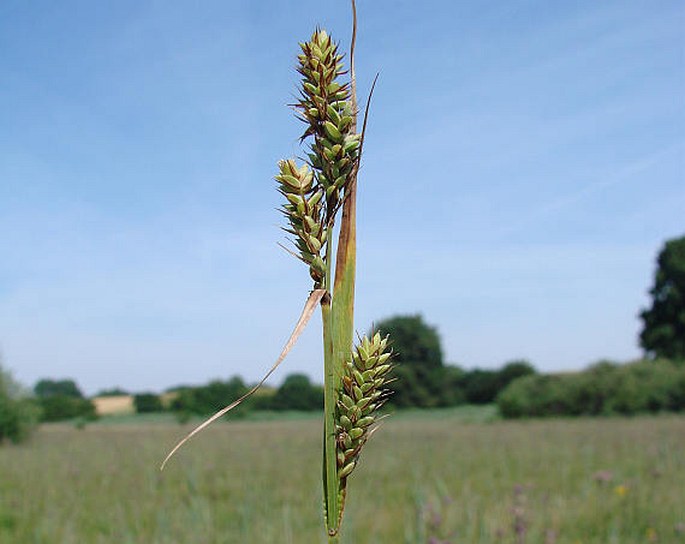
Distribution: Almost circumpolar species, the range of this species is broken up into a number of disjointed areas. It occurs in northern and central Europe (from Fennoscandia to northern Italy and Bulgaria), western Siberia, North America (from Alaska and Greenland to Utah, Arkansas and South Carolina). It was naturalised in southeastern Australia.
Ecology: It grows in wet meadows, marshes, fens and on wet rocks, from lowlands to alpine zone. It blooms from May to June.
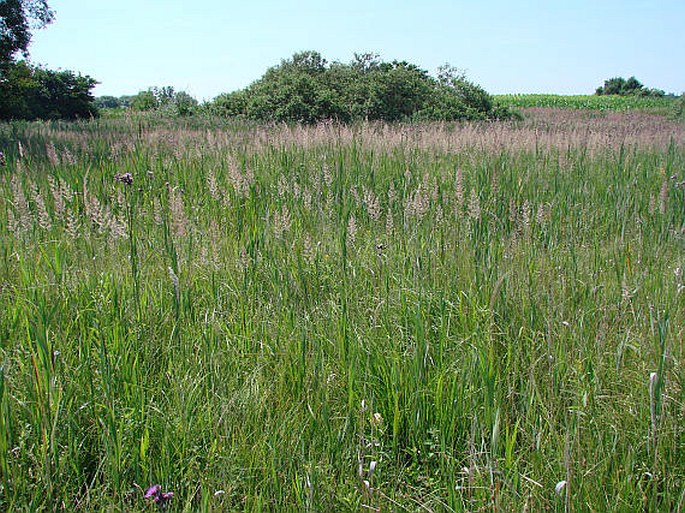
Description: Perennial herb, laxly caespitose and with long rhizomes. Stem erect, 30–70 cm tall, basal sheaths dark brownish- or blackish-red, leaves shorter than stem, 2–4 mm wide, glaucous or greyish-green, margins inrolled. Inflorescence of 3–4(–6 ) spikes, terminal spike 10–25 mm long, clavate, female above, male below; lateral spikes 10–25 mm long, ovoid or obovoid, sessile or subsessile, distant and usually not overlapping, female; lowest bract leaf-like, equalling or exceeding the inflorescence, erect. Female glumes shorter than to exceeding utricles, usually asymmetrical, dark reddish-brown. Utricles 2–4.5 mm, pale green, with a minute beak.
Threat and protection: The species is protected by law in Czechia, France, Ukraine, Lithuania, Latvia and Belarus, rare or endangered in states of Connecticut, Kentucky, Maryland, New Hampshire, New York, Pennsylvania, Rhode Island, Tennessee, Vermont and Washington.
Note: The specific epithet commemorates the German physician and botanist J. C. Buxbaum (1693–1730).
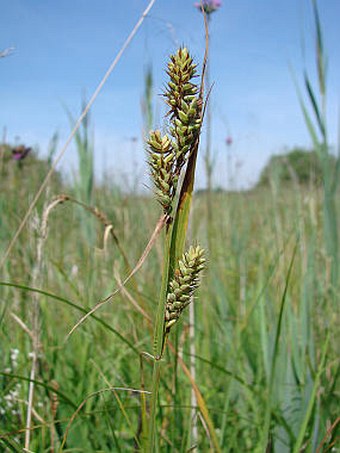
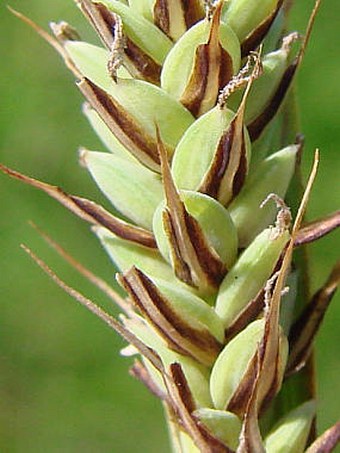
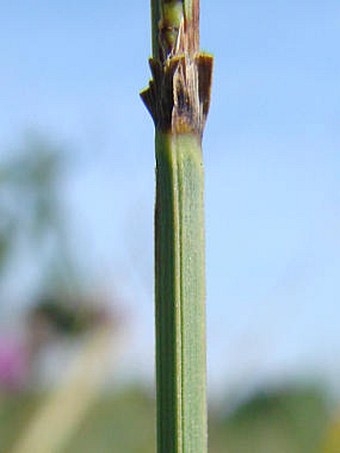
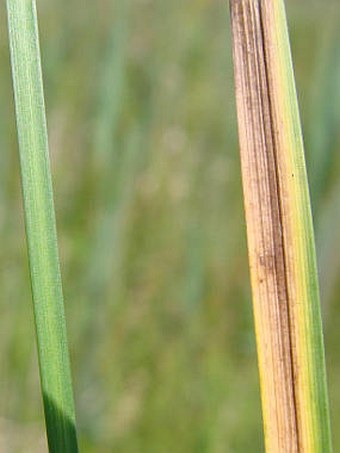
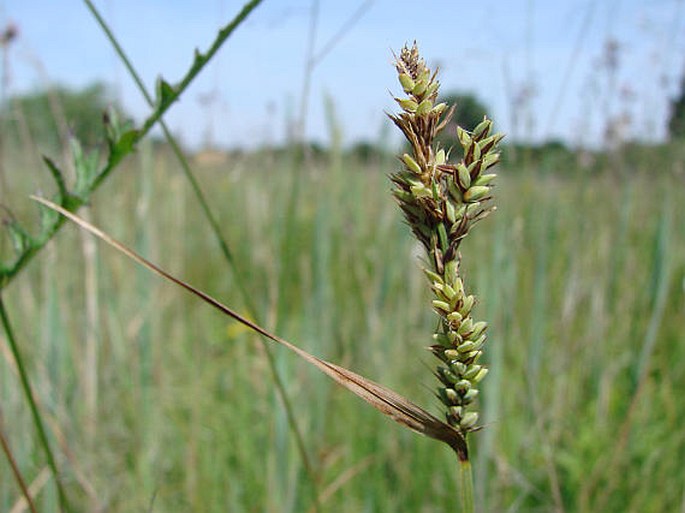
These images were taken in Czechia, Bohemia, Polabí (July 6, 2008).


